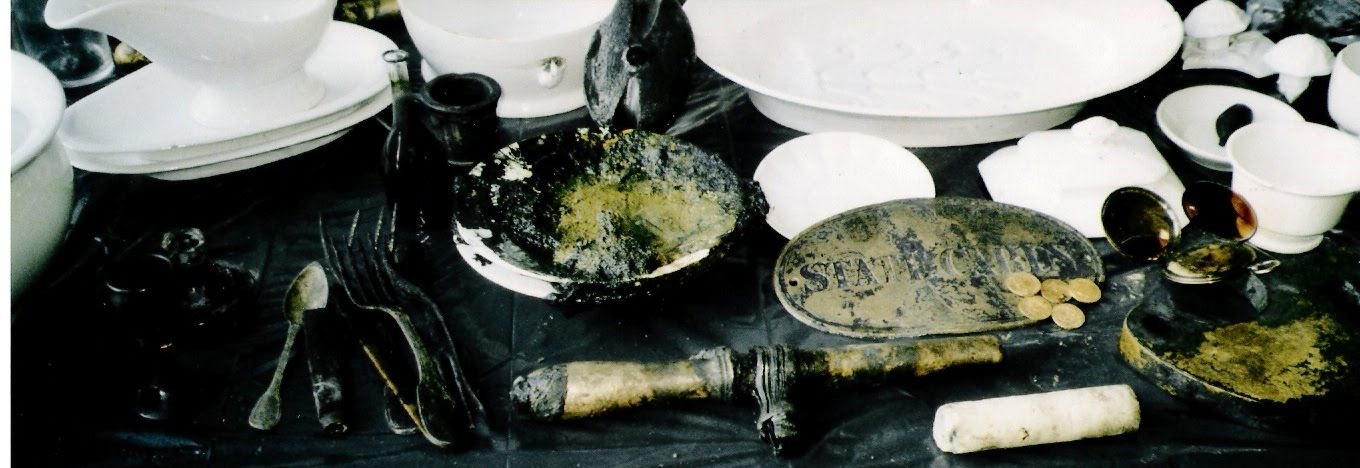Kharlamova Maria -
Here is the next program in our special series “Russia against France in the War of 1812” ahead of the approaching bicentenary of Russia’s victory over Napoleon.
Today, we continue our previous story about the mystery shrouding the fate of the looted Moscow treasures. Nearly 80 tons of gold, jewelry, precious stones, icons, paintings and vintage weapons, all loaded on 200 carts, followed the French army out of Moscow, pillaged and ablaze, towards Maloyaroslavets.Version 1 suggests that the treasures were either buried deep underground in a wood or dumped into a river not more than 100 miles southwest of Moscow. Seeing that the war had been lost and that chances of taking the looted treasures out of Russia were dim, Bonaparte ordered to hide them in a safe place. If so, they could still be there.Over the past two centuries, however, numerous treasure hunters have combed through suspected hiding places and found nothing, which led most historians to distrust this version.And so, the plundered treasures left Moscow, but they never reached their destination – Paris – and there is every reason to believe that they were hidden during Napoleon’s hasty retreat. The retreat route is very well-known. With Russian troops hot on their heels and attacking on both flanks and with guerrilla fighters harassing them day and night, the French had no room for maneuver.In late November, Napoleon approached Smolensk 250 miles west of Moscow. By that time, his half-starving army was utterly exhausted. The losses were enormous. The emaciated horses were unable to pull the cannons, and even carts were too heavy for the poor animals. The harsh Russian winter was taking its toll on the very lightly-dressed French soldiers.Many died of frostbite. The snow-covered and icy roads were virtually impassable. Most historians believe that it was there, in Smolensk, that Napoleon made up his mind to hide the looted treasures till better days. Quite evidently, the French had neither the time, nor the strength to dig through frozen soil in a dense wood deep enough to hide 200 cartloads of gold and jewelry and camouflaging it so that neither Russian troops, nor local peasants could discover the cache.
 Photo: ru.wikipedia.org
Photo: ru.wikipedia.org
Posted via http://batavia08.posterous.com batavia08's posterous
.jpg)
No comments:
Post a Comment